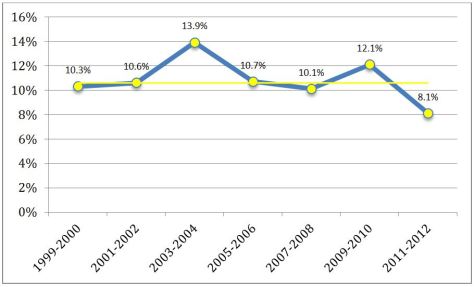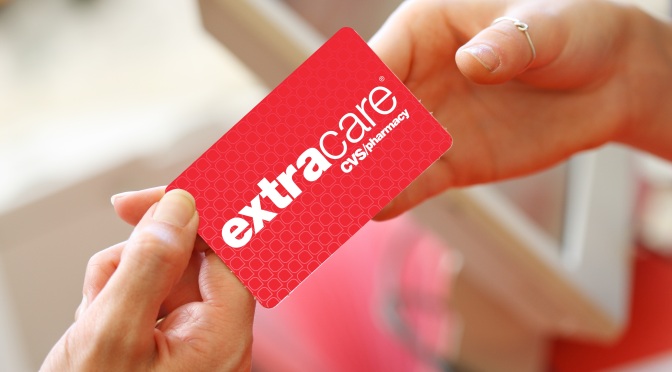
In the January 2013 NICHQ Leadership message Beyond Bullying, I shared that 42 percent of children in a Yale Rudd Center study reported being bullied by physical education teachers and sports coaches. Yes, 42 percent! Quite frankly I was shocked at this statistic.
That said, another study found that 45 percent of children “said their coaches called them names, insulted them or verbally abused them” and another study, this one from the United Kingdom, found that 25 percent of 6,000 young adults reported that they suffered emotional harm at the hands of their coaches.
Just think about that for a moment. Depending on the study, between 25 to 45 percent of our children who play sports are falling victim to a coach who is habitually cruel and abusing them. Let that really sink in. Up to almost half our children who play sports are being abused by coaches.
As Nancy Swigonski, MD, MPH, associate professor at Indiana University’s School of Medicine, has noted in her piece in the journal of Pediatrics, the damage these coaches are doing to our children is devastating and can be everlasting. “It can impair social and emotional development and cause substantial harm to mental health.”
As noted in Charlie Homer’s recent blog about NICHQ’s name change, there are many broader influences that affect children’s health outside of the clinical setting. This certainly includes the bullying that happens on our ball fields that can lead to physical injury, social problems, emotional problems, mental health problems (e.g., depression, anxiety), and even death. Not to mention bullying can turn children off from physical activities and this can potentially lead to obesity. As an organization that aims for all children to achieve their optimal health, there is much work to be done…together.
So what can parents do?
- Interview the coach and his/her staff. Ask about philosophy, priorities, playing time, values and also ask how he/she measures the outcomes of each.
- If your child is already on the team and you have concerns, ask your child about his/her experiences, the messages that are being sent, and follow each path your child raises a concern about.
- Inquire of other parents who currently or perhaps who previously had children on the team.
- Look for red flags: According to Kody Moffatt, MD, a pediatrician in Omaha and executive committee member of the Council on Sports Medicine and Fitness for the American Academy of Pediatrics, the number one red flag is a coach who wants “closed practices” where parents and other adults are barred from the practice. “That may be innocent, but as a pediatrician, a parent and a coach, I don’t think any coach should tell an adolescent not to tell another adult something.”
- Be sure to attend (or perhaps rotate with other trusted adults) your child’s practices.
- If you notice bullying behavior, document it and include specifics.
- Identify and map behaviors to team, school and/or league codes of conduct. Use this as a tool to share very specific examples of your concerns.
- Address your concerns directly with the coach. Focus on the impact on the children and be specific.
- If discussion with the coach is unsuccessful, reach out to the athletic director, school officials (if school based program), and/or league officials, and share your findings. NOTE: It is absolutely crucial to make note of how the coach is treating your child AND it is also critical to keep an eye out for how the other children are being treated as well. These are our communities and regardless of whom the child is these behaviors are unacceptable and it is incumbent upon us all to speak up for those who cannot do so for themselves and make a difference.
- Ensure that you also focus on developing warm family relationships and positive home environments so that if your child is bullied the negative outcomes from the bullying will be minimized. According to the study “Families promote emotional and behavioural resilience to bullying: evidence of an environmental effort” published in the Journal of Child Psychology and Psychiatry, “Warm family relationships and positive home environments help to buffer children from the negative outcomes associated with bullying victimization.”
Bullying is harmful and can lead to tragic ends. Together with these 10 steps we can identify it, stop it, mitigate its impacts, and help our children achieve their optimal health—mental and physical.











